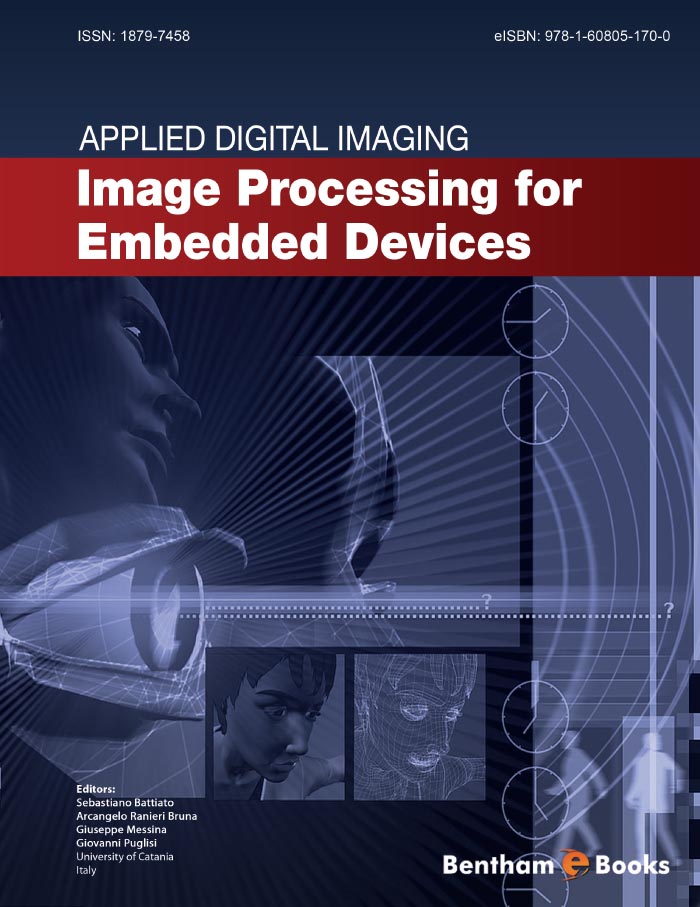Embedded imaging devices, such as digital still and video cameras, mobile phones, personal digital assistants, and visual sensors for surveillance and automotive applications, make use of the single-sensor technology approach. An electronic sensor (Charge Coupled Device - CCD or Complementary Metal-Oxide-Semiconductor - CMOS) is used to acquire the spatial variations in light intensity and then uses image processing algorithms to reconstruct a color picture from the data provided by the sensor. Acquisition of color images requires the presence of different sensors for different color channels. Manufacturers reduce the cost and complexity by placing a color filter array (CFA) on top of a single sensor, which is basically a monochromatic device, to acquire color information of the true visual scene.
The overall performance of any device are the result of a mixture of different components including hardware and software capabilities and, not ultimately, overall design (i.e., shape, weight, style, etc.).
This book is devoted to cover algorithms and methods for the processing of digital images acquired by single-sensor imaging devices. Typical imaging pipelines implemented in single-sensor cameras are usually designed to find a trade-off between sub-optimal solutions (devoted to solve imaging acquisition) and technological problems (e.g., color balancing, thermal noise, etc.) in a context of limited hardware resources. State of the art techniques to process multichannel pictures, obtained through color interpolation from CFA are very advanced. On the other hand, not too much is known and published about the application of image processing techniques directly on CFA images, i.e. before the color interpolation phase.
The various chapters of the book cover all aspects of algorithms and methods for the processing of digital images acquired by imaging consumer devices. More specifically, we will introduce the fundamental basis of specific processing into CFA domain (demosaicing, enhancement, denoising, compression). Also ad-hoc matrixing and color balancing techniques devoted to preprocess input data coming from the sensor will be treated. In almost all cases various arguments have been presented in a tutorial way in order to provide to the readers a comprehensive overview of the main basis of each involved topics. All contributors are well renowned experts in the field as demonstrated by the number of related patents and scientific publications.
The main part of the book analyzes the various aspects of the imaging pipeline from the CFA data to image and video coding. A typical imaging pipeline is composed by two functional modules (pre-acquisition and post-acquisition) where the data coming from the sensor in the CFA format are properly processed. The term pre-acquisition is referred to the stage in which the current input data coming from the sensor are analyzed just to collect statistics useful to set parameters for correct acquisition.
The book also contains a number of chapters that provide solution and methods to address some undesired drawbacks of acquired images (e.g., red-eye, jerkiness, etc.); an overview of the current technologies to measure the quality of an image is also given. Just considering the impressive (and fast) growth in terms of innovation and available technology we conclude the book just presenting some example of solution that makes ii use of machine learning for image categorization and a brief overview of recent trends and evolution in the field.
Catania (Italy), June 2010.
Sebastiano Battiato
Arcangelo Ranieri Bruna
Giuseppe Messina
Giovanni Puglisi

